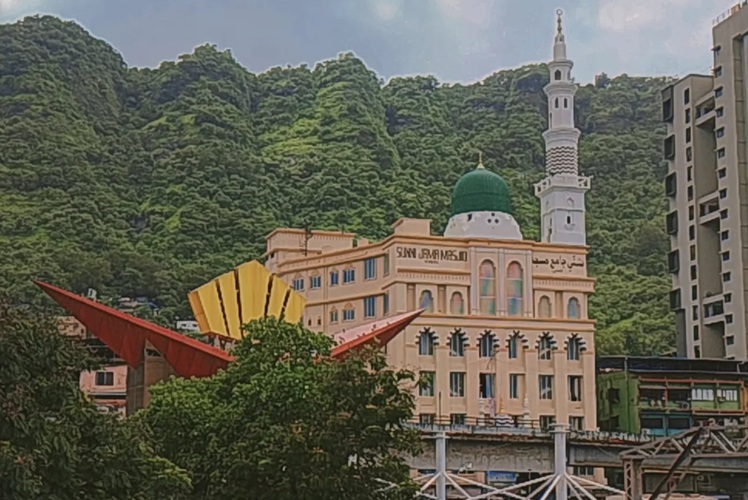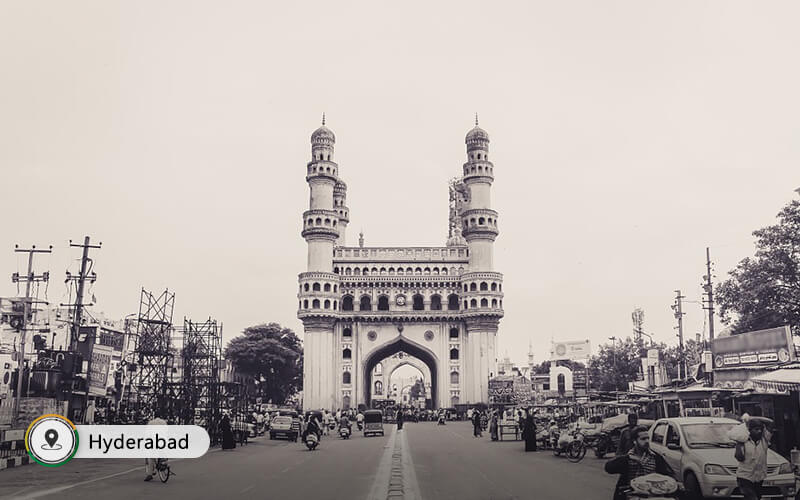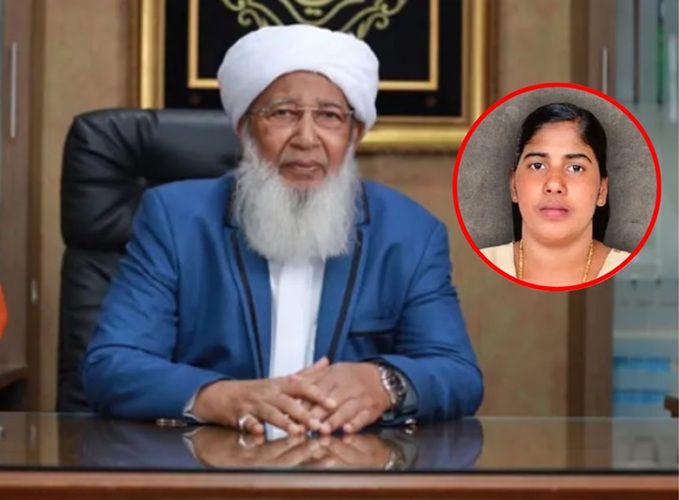Maeeshat News Network | Mumbai
Mumbra, a densely populated suburb of Thane, Maharashtra, within the Mumbai Metropolitan Region, has long been a hub for affordable housing, attracting working-class families and migrants, particularly after the 1992 Mumbai riots, which saw a significant influx of Muslim residents. With an estimated population of 12 lakh, 80% of whom are Muslim, Mumbra’s rapid urbanization since the 1970s has been marred by rampant illegal constructions. These unauthorized structures, often built hastily on encroached land, have led to tragic building collapses, raising concerns about whether Mumbra is becoming a graveyard due to lax regulation, land mafia activities, and systemic failures.
The Scale of Illegal Constructions in Mumbra
Mumbra’s transformation from agricultural land to a sprawling urban center began in the 1970s, driven by Mumbai’s population boom and limited affordable housing. By 2013, Thane Municipal Corporation (TMC) reported 218 of over 400 illegal structures within its limits were in Mumbra alone, with the entire Thane district housing around 4.9 lakh illegal buildings, including 2 lakh in Thane city. Real estate analysts estimate that 2 lakh of the 2.79 lakh homes across Thane, Kalwa, and Mumbra-Diva are unauthorized, with 40% of the region’s 18 lakh population living in slums or illegal structures. The 2013 Mumbra building collapse, which killed 74 people, highlighted the dangers of this unchecked construction boom, with the collapsed seven-story building erected in just two months on marshland without TMC approval.
The problem persists into 2025. In June, the Bombay High Court ordered the demolition of 17 illegal buildings in Mumbra’s Khan Compound, built on a 5.5-acre plot owned by a senior citizen, Subhadra Takle, and encroached by the land mafia. The court described the situation as “shocking,” noting that such constructions could only occur with the complicity of municipal and government officials. Residents, many from low-income groups, protested, citing the lack of prior notice and alternative shelter, especially during the monsoon. Despite these demolitions, posts on X in 2025 suggest that at least 100 illegal buildings remain under construction in Mumbra, indicating the scale of the ongoing challenge.
Causes of the Crisis
The proliferation of illegal constructions in Mumbra stems from multiple factors:
Population Pressure and Housing Demand: Mumbra’s population surged from 44,000 in 1991 to several lakhs by 2013, driven by migration from Mumbai’s unaffordable housing market and the 1992 riots, which displaced many Muslims to Mumbra. The demand for cheap housing led to a boom in low-cost, unauthorized buildings sold at rates as low as ₹1,100 per square foot, often on encroached forest, marsh, or nullah land.
Land Mafia and Rapid Construction: The land mafia exploits Mumbra’s housing crunch by filling marshlands with debris and erecting multi-story buildings in months, bypassing construction laws. The 2013 collapse involved a building on a covered nullah, completed in just two months. Such speed evades regulatory oversight, as builders sell flats quickly to create third-party interests, making demolitions politically and legally contentious.
Official Complicity: The Bombay High Court has repeatedly criticized TMC officials for enabling illegal constructions. In 2025, the court suspended Assistant Municipal Commissioner Faruk Shaikh for failing to act against unauthorized structures. The 2013 Nandalal Committee probe exposed a builder-politician-official nexus, yet the “rot persists,” with officials allegedly turning a blind eye for bribes.
Weak Enforcement: Despite a 2005 Government Resolution mandating satellite imaging to detect illegal constructions every six months, enforcement remains lax. The Bombay High Court in 2025 noted that strict implementation of the 2009 GR could have prevented the current crisis. TMC’s claim of 3,000 annual demolitions under Commissioner RA Rajeev in 2013 contrasts with the continued rise of illegal structures, suggesting selective action.
Consequences: A Graveyard in the Making?
The term “graveyard” captures the deadly toll of Mumbra’s illegal constructions. The 2013 collapse, which killed 74, was not an isolated incident. Over 150 people have died in building collapses in Thane due to substandard, unauthorized structures lacking basic infrastructure like lifts, proper roads, or sanitation. In 2025, residents of Khan Compound, like Mohd Irfan Ansari, who lost homes purchased with life savings, expressed anguish over being misled by seemingly legitimate documents and utilities like power connections. The lack of proper roads, streetlights, and sanitation in areas like Shil Daighar exacerbates living conditions, turning Mumbra into a precarious urban sprawl.
The human cost is profound. Families, including schoolchildren, are left homeless during demolitions, as seen in the 2025 Khan Compound protests. Residents like Sakina Khan, who sold farmland for a flat, face ruin without rehabilitation. The psychological toll on low-income families, many of whom are daily-wage workers commuting to Mumbai, is immense, compounded by the lack of accountability for builders and officials.
Efforts to Address the Crisis
The TMC and judiciary have taken steps, though challenges remain:
Demolition Drives: In 2016, TMC demolished 1,946 illegal structures over two days in Mumbra, clearing roads and markets. In 2025, 88 structures were razed across Thane wards between June 19-25, including in Mumbra, following High Court orders. These actions aim to ease traffic and restore public spaces but face resident backlash over inadequate notice and rehabilitation.
Judicial Intervention: The Bombay High Court’s 2025 rulings mandated surveys of illegal structures, judicial inquiries into official complicity, and the use of GIS technology to monitor constructions. The court’s directive for project detail displays with QR codes aims to prevent fraud by informing buyers of a building’s legality.
Cluster Development Scheme: In 2017, TMC proposed a cluster development scheme to provide free 300-square-foot homes to residents of dangerous and illegal buildings in Mumbra, Naupada, and Wagle Estate. Approved by Chief Minister Eknath Shinde, the scheme aims to create 1.25 lakh homes, but its implementation remains slow.
Mumbra’s illegal construction crisis is a complex interplay of demand, corruption, and weak governance. While demolitions address immediate risks, they displace vulnerable families without tackling root causes. The Bombay High Court’s push for technology and accountability is promising, but sustained enforcement, transparent land records, and affordable housing policies are critical to prevent Mumbra from becoming a literal and metaphorical graveyard. Until officials, builders, and the land mafia face stringent consequences, the cycle of illegal constructions will persist, endangering lives and dreams.






0 Comments